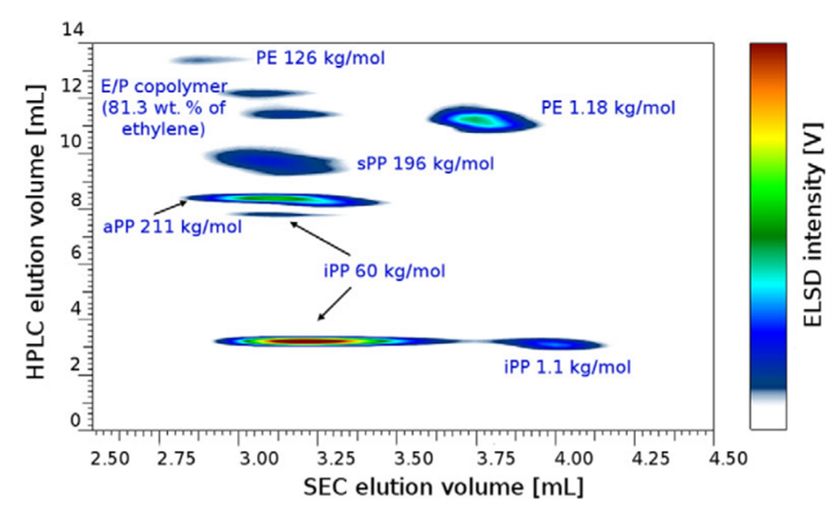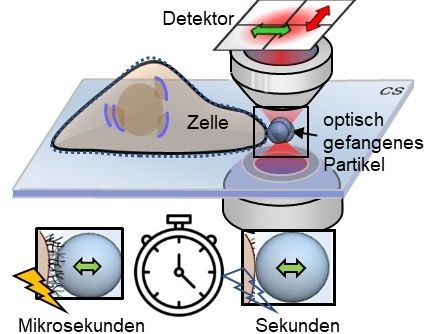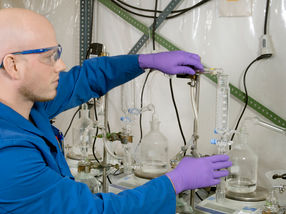New study inaccurate on the number of test animals for REACH
A new study has overestimated the impact of EU legislation on animal testing by six times. The real figures are more likely to be the ones assessed and published when the new chemicals legislation (REACH) was prepared and negotiated.
It was estimated during the negotiation of the REACH legislation that 9 million laboratory animals would be involved in the tests required and that the costs for conducting the tests would amount to 1.3 billion €. The study now published by Costanza Rovida and Thomas Hartung suggests that the testing required would involve 54 million vertebrate animals and that the costs would amount to 9.5 billion €.
The European Chemicals Agency has reviewed the study and concludes that the original estimates on the number of animals still hold. The new study overestimates three things:
- The likely number of substances that will be registered under REACH and requiring a full data set is overestimated – by almost two fold - mainly because the assumptions are not justified and seem to be incorrect.
- The likely number of tests and laboratory animals required is overestimated and is approximately six times higher than the likely reality. The overestimation is mainly because the availability of existing information and the possibilities for adapting the information requirements are not taken in to account, and further because the rules for requesting testing in a second species are not interpreted correctly;
- The likely costs for conducting the tests are overestimated by approximately the same factor.
Geert Dancet, Executive Director of ECHA said “REACH is all about protecting human health and the environment. The challenge is to have scientifically sound information on the potential hazards of substances whilst at the same time minimising unnecessary animal testing. One of the fundamental aims of REACH is to promote alternative methods for assessing hazards of substances and to see animal testing as a last resort. All parties involved should take this very seriously, and so do we here in ECHA. Clearly, the exact numbers will only be known once all the registrations are submitted and testing proposals are received, but, based on the information that we have and our discussions with industry, the numbers provided in this study are thankfully very wide of the mark.”
Most read news
Other news from the department politics & laws

Get the analytics and lab tech industry in your inbox
By submitting this form you agree that LUMITOS AG will send you the newsletter(s) selected above by email. Your data will not be passed on to third parties. Your data will be stored and processed in accordance with our data protection regulations. LUMITOS may contact you by email for the purpose of advertising or market and opinion surveys. You can revoke your consent at any time without giving reasons to LUMITOS AG, Ernst-Augustin-Str. 2, 12489 Berlin, Germany or by e-mail at revoke@lumitos.com with effect for the future. In addition, each email contains a link to unsubscribe from the corresponding newsletter.
Most read news
More news from our other portals
Last viewed contents
Is Arsenic Metabolism more Complex than Expected? - Organic arsenic-sulfur compound discovered in sheep urine

Quantitative molecular characterization of polyolefin recyclates

Research team reveals hidden particle interactions at the cell surface - Ultra-smooth interactions can be detected through high-speed measurement and frequency analysis
Molecular robots can help researchers build more targeted therapeutics - Study demonstrates technique to create better anti-cancer agents, arthritis drugs, and more








































